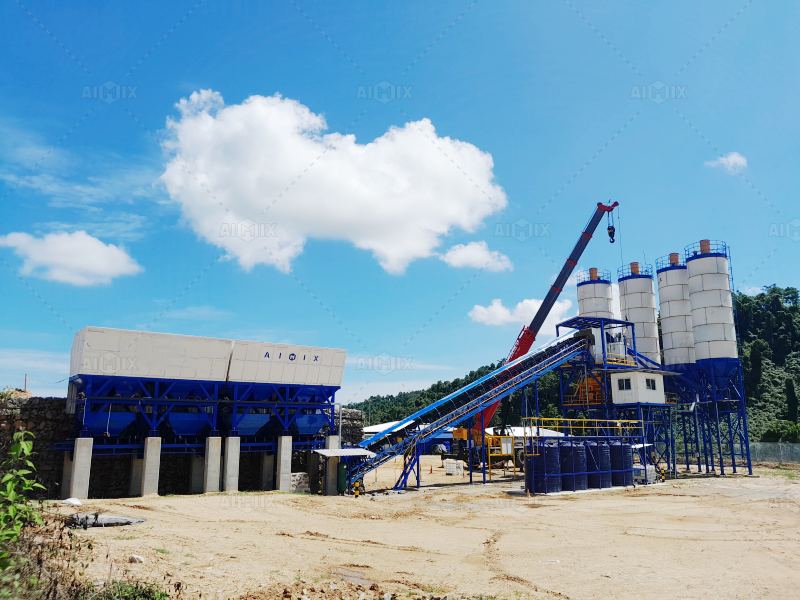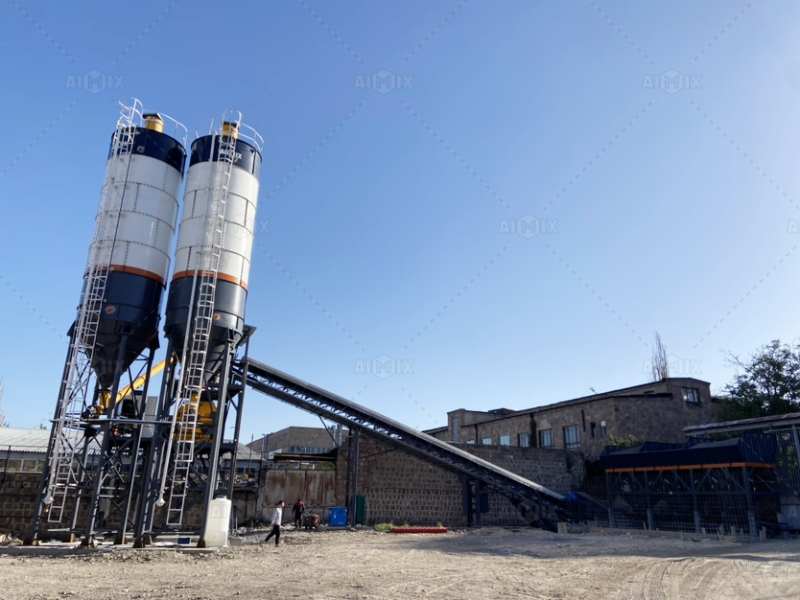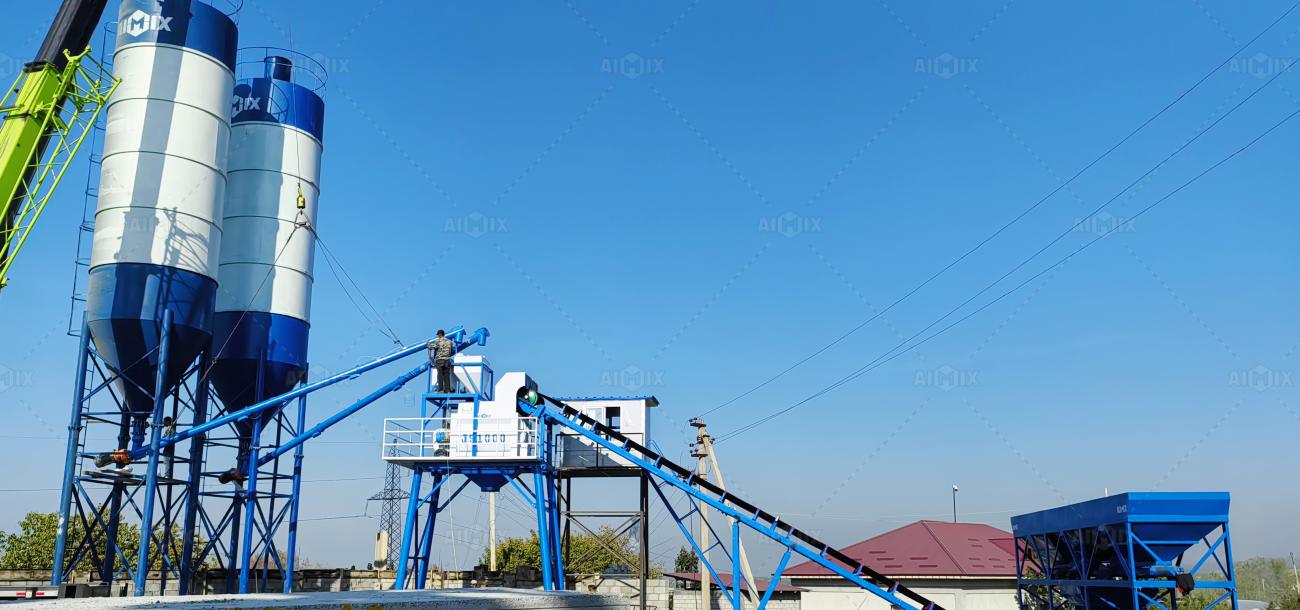The construction industry is under constant pressure to build faster, better, and more sustainably. Central to meeting these evolving demands is the use of modern batching plant technology. Today’s market offers a wide variety of types of batching plant, each designed to serve different project scales, logistics, and technical requirements. From stationary concrete batch plants used in high-volume urban infrastructure projects, to mobile concrete mixing plants favored for flexibility, and RMC concrete plants designed for commercial supply, batching technology is evolving quickly. This article explores how different types of batching plant are adapting to meet current and future construction challenges.

Understanding the Main Types of Batching Plant
Before exploring their evolution, it’s important to distinguish the main types of batching plant in the market:
Stationary Concrete Batch Plants: Installed in a fixed location, these plants are used for high-output, long-term projects such as highways, dams, and industrial parks.
Mobile Concrete Mixing Plants: Built for portability, these plants can be transported between job sites and are ideal for projects in remote or temporary locations.
RMC Concrete Plants (Ready Mix Concrete Plants): These plants produce concrete in a central location for delivery to multiple sites, ensuring quality control and efficiency.
Each of these batching plant types has traditionally served a specific niche—but today, their roles are expanding as the industry demands more agile, automated, and eco-friendly solutions.
Evolution in Stationary Concrete Batch Plants
Stationary concrete batch plants are known for their production capacity and long-term stability. These plants are undergoing several upgrades:
1. Automation Integration
Modern stationary concrete batch plants feature fully automated control systems that improve accuracy in ingredient measurement, reduce waste, and streamline operations. PLC systems and SCADA interfaces now allow real-time monitoring of every process, reducing the reliance on manual operation.
2. Sustainability Enhancements
In response to green building standards, manufacturers are incorporating water recycling systems, dust collection technology, and energy-efficient mixers into stationary designs. This aligns with environmental regulations while reducing operational costs.
3. High-Performance Mixers
Twin-shaft mixers and planetary mixers are being adopted for faster mixing cycles and higher-quality concrete output, which is especially important in high-demand projects.

The Flexibility of Mobile Concrete Mixing Plants
For contractors requiring flexibility and mobility, the mobile concrete mixing plant is becoming increasingly popular. Originally developed for temporary or remote jobs, these units have become far more advanced in recent years.
1. Compact Design and Easy Transport
Modern mobile batching plants are built for rapid deployment. They are designed as modular systems that can be transported on trailers and installed with minimal groundwork. This makes them ideal for roadwork, bridge construction, and emergency infrastructure projects.
2. Tech-Driven Efficiency
Advanced mobile batching plants now feature real-time GPS tracking, telematics, and wireless controls. These innovations enable project managers to monitor productivity and quality from remote control centers or even mobile devices.
3. Hybrid Power Options
Some mobile plants now come equipped with hybrid or electric power systems, allowing them to operate sustainably in areas with limited access to grid electricity.
Mobile concrete mixing plants are proving critical in markets where fast setup, ease of relocation, and smaller batch volumes are key—particularly in emerging economies and post-disaster reconstruction efforts.
RMC Concrete Plants: Centralized Production with Modern Efficiency
RMC concrete plants, or Ready Mix Concrete plants, continue to dominate commercial construction markets. Their evolution is focused on large-scale distribution and quality consistency.
1. Fleet and Delivery Integration
RMC plants are being paired with smart logistics systems to optimize concrete delivery. Fleet management tools use traffic data and site readiness information to minimize wait times and avoid product wastage due to delayed placement.
2. Custom Mix Formulations
With precise digital batching systems, RMC concrete plant can now create highly specific concrete blends for different applications—self-compacting concrete, high-strength concrete, or eco-concrete—serving a more diverse client base.
3. Quality Control Technology
Modern RMC plants use real-time slump measurement, temperature tracking, and automated quality inspection to ensure every batch meets client specifications, reducing liability and boosting client confidence.

Market Trends Shaping the Future of Batching Plants
Several broader trends are influencing how these various types of batching plant are evolving:
Digitalization: Cloud-based control panels, IoT sensors, and AI-driven analytics are being integrated across plant types to enhance operational transparency and predictive maintenance.
Sustainability: Environmental compliance is pushing plants to adopt waste-reduction measures, including recycled aggregates, solar-powered components, and closed-loop water systems.
Customization: More manufacturers are offering modular configurations that allow buyers to tailor plants to project-specific needs—whether that’s capacity, mobility, or output precision.
Choosing the Right Type for the Job
Understanding the strengths of each batching plant type is critical for project planning:
Stationary concrete batch plants are ideal for long-term infrastructure projects requiring high volumes of concrete daily.
Mobile concrete mixing plants are suited for temporary sites, remote locations, or projects that require relocation.
RMC concrete plants offer central control and mass supply for urban and multi-site construction efforts.
By aligning plant capabilities with project requirements, construction companies can reduce costs, ensure consistent quality, and enhance site efficiency.
Conclusion
The different types of batching plant—including stationary concrete batch plants, mobile concrete mixing plants, and RMC concrete plants—are evolving rapidly to meet new demands in construction. Through automation, mobility, environmental improvements, and digital technology, these plants are becoming smarter, more efficient, and more versatile. As industry expectations continue to rise, selecting the right batching plant type—and embracing the latest innovations—will be essential for companies looking to stay competitive and future-ready.